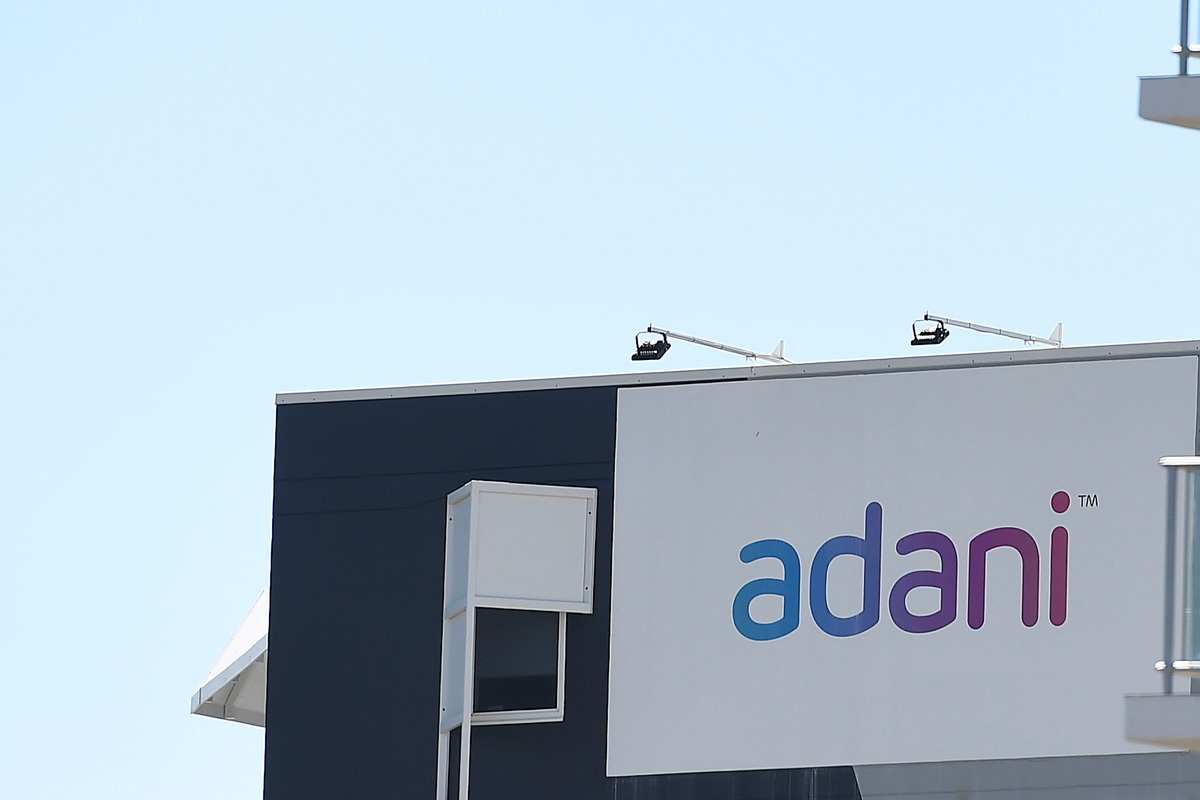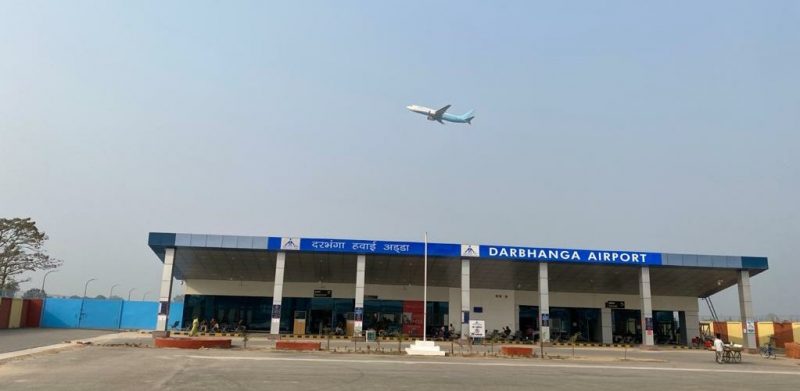The Airports Authority of India (AAI) has begun trials to explore the feasibility of using remote digital towers for airspace management, according to Arun Bansal, CEO, Adani Airport Holdings Limited (AAHL). Speaking at the Capa India Aviation Summit 2024, Bansal mentioned that India’s airports will not have physical air traffic control (ATC) towers within the next 20 years.
An ATC tower is a facility that coordinates and manages the safe takeoff, landing, and ground movement of aircraft. In India, all ATC towers, except those controlled by the defence forces, are handled by the AAI. The CEO of AAHL emphasised that the AAI is a crucial stakeholder and that they share their roadmap with them. He believes that the AAI is also recognising the need for new technologies in the industry.
London City Airport became the first major international airport to be fully controlled by a remote digital tower in 2021, which is located about 115 km away from the runway. Bansal mentioned that Europe is moving away from physical ATC towers and adopting digital solutions. He foresees that in 20 years, there will be no physical ATC towers, and everything will be digital and remote. This shift will also free up land at airports.
Several airports in Sweden and Poland are working towards establishing remote digital towers, and the European Union has issued regulations to standardise and enable the deployment of digital towers. However, physical towers are not being entirely phased out yet, as many airports are expected to adopt a hybrid model that integrates new remote technology with existing tower infrastructure.
Adani Airport Holdings Limited, an Adani Group company, currently manages seven functional airports in Mumbai, Ahmedabad, Lucknow, Mangaluru, Jaipur, Guwahati, and Thiruvananthapuram. It is also building the Navi Mumbai airport, which is expected to start operations by mid-2025.






